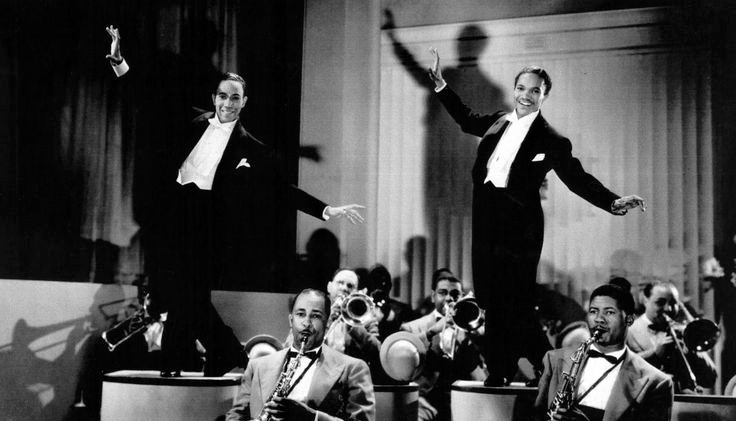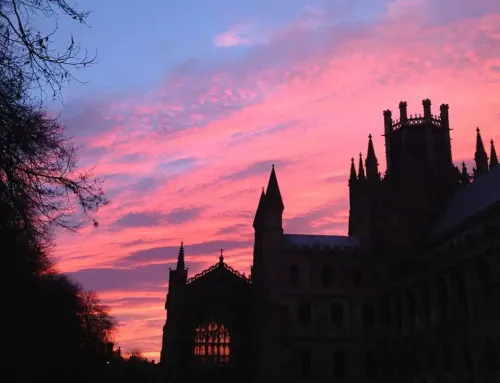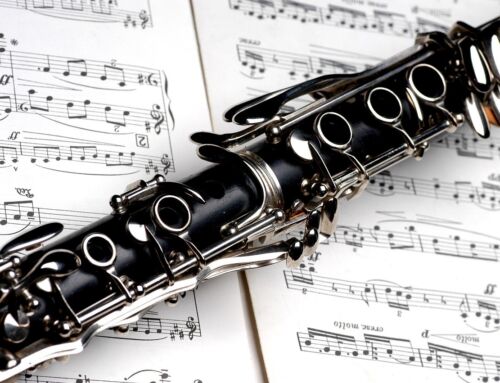Can a secular dance routine be a sacred window? It’s a fair question, and if I were a lawyer (or a Jesuit) I’d answer with a resounding, “It depends.”
The key notion in discerning transcendent values in our world is not so much whether something is religious or secular – although the former has a distinct advantage in that regard – but whether it takes us out of ourselves, raises our spirits, enlightens our minds, or fill us with a sense of admiration and wonder.
That’s the hallmark of a sacred window and exactly the way I felt the first time I watched the Nicholas Brothers dance (we’ll see a clip of their routine below). Wow. I watched it over and over as if time didn’t matter. I couldn’t get enough of their art.
I do the same with the great Masters of art: I stand before their paintings discerning every detail of color, brushstroke, and symbolism. Often music has the same uplifting effect on me.
Why should the art of dance be different?
Human Talent Enriches Everyone
There is something awe-inspiring about human giftedness. I admire the sheer effort it takes to develop one’s talents to a degree that makes people’s jaws drop.
Geoff Colvin, in his fascinating book, Talent is Overrated, makes the case that all world-class talent is actually the fruit of sustained hard work, not innate gifts. His basic point is correct, but I’m not sure I agree with him downplaying natural talent. Without some innate gift, I could never dance like the Nicholas Brothers in a thousand years of practice!
In the same respect, we all know of people who waste their talents or use them for immoral purposes (raunchy humor, for example, or just about anything new on Netflix these days.) Talents which produce great art are gifts of God that the Gospel says must be used for good purposes if they are to grow (Mt 25:14-30; Lk 19:12-28).
All good art is communicative in some way. It is made to be shared. It pierces the humdrum rhythm of daily existence with vivid emotions, colors, sounds, and exuberant displays of joy.
Everyone has talent. Everyone has something to give, and the Gospel principle remains the same for everyone: “To him who has, more will be given” (Mt 13:12) – in other words, the more you give, the more you get.
The Incredible Nicholas Brothers
This is certainly true of the Nicholas Brothers whose talent was phenomenal but was also generously offered for others.
The boys’ parents were vaudeville musicians in the early years of the last century. The older brother, Fayard (1914-2006), got a view of the fancy vaudeville dancers when his parents played in the orchestra of the Standard Theatre in Philadelphia. There he caught the dancing fire.
The younger brother, Harold (1921-2000), was seven years younger than Fayard and was nurtured on music and dance with his mother’s milk, as it were. By 1932 the boys were the featured act at the Cotton Club (the famous nightclub in Harlem where so many black entertainers performed in the pre-civil rights era). From there, the dynamic duo of dance never looked back.
During the thirties and forties, the Nicholas Brothers danced up a storm in Broadway shows, the Ziegfeld Follies, and Hollywood films. Over the years they performed for the king of England and nine US Presidents. They were ambassadors of joy and good will everywhere they went.
They appeared in such diverse films as Babes in Arms (1937), Tin Pan Alley and Down Argentine Way (1940), Orchestra Wives (1942) and many others. In the latter film, they sang “I’ve Got a Gal in Kalamazoo” and actually danced up walls and flipped back onto the dance floor as part of their routine.
In total, they performed in sixty-five films, together or separately. Their last film together was The Pirate (1948) which broke the racial barrier when they danced with a white man (Gene Kelly) on screen for the first time ever in Hollywood.
The Jumpin’ Jive Routine for Stormy Weather
Our clip below features the “Jumpin’ Jive” segment from the 1943 movie Stormy Weather. The irrepressible Cab Calloway and his orchestra initiate the “Jumpin’ Jive” performance with their own brand of mid-century big band showmanship that is remarkable in itself. The whole routine lasts less than five minutes, but it’s sheer magic and hard to believe that human bodies can actually bend like that!
What to look for:
- Tap dancing: this routine is an elaborate tap dance, although it combines ballet, jazz, and acrobatics in its choreography; yet, without the foundation of tap dancing skill, it would have seemed like just an exercise in gymnastics;
- Synchronicity: the brothers move in near perfect synchronization throughout much of the routine, but they also dance as mirror opposites in numerous places.
- Athleticism: the flexibility and strength of their limbs defies belief. With such grueling punishment of their bodies, one wonders how they each lived to old age (Harold, 79 and Fayard, 92)!
- Eye contact: the boys’ father, when teaching them to dance in the family living room, conditioned them to look out at the audience instead of the typical tap dance posture of looking down at their feet.
- Poetry: Fayard once described his brother Harold as a poet of dance because his dancing was graceful bodywork, not just footwork. The phrase “poetry in motion” finds its natural expression in these two.
- Joy: the authentic smiles on these young men’s faces not only make the viewer smile back but also make us marvel at how their sheer hard work could lead to such joy! They obviously loved what they were doing.
If you don’t conclude that it is the greatest dance routine of all time, then you’ll have to take it up with Fred Astaire who called it that. High praise from the king of tap himself. Another dance legend, Mikhail Baryshnikov, is said to have called the Nicholas brothers the greatest dancers he had ever seen. Wow.
———-
[This article is a reproduction of the Sacred Windows Email Newsletter of 12/26/21. Please visit our Newsletter Archives.]
The usual Soul Work section that follows most Sacred Windows articles can be found at the end of the companion article to this, “The Dynamic Duo of Dance: the Nicholas Brothers.” To read it, click the button below.




[…] Next The Dynamic Duo of Dance: the Nicholas […]